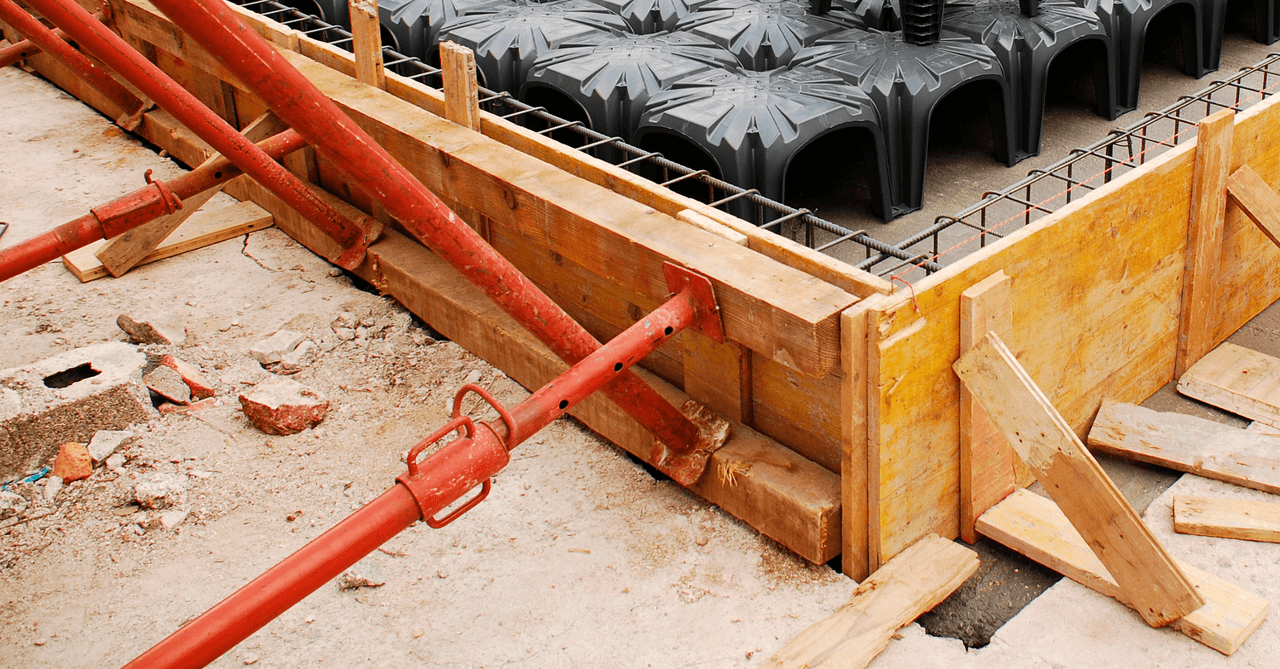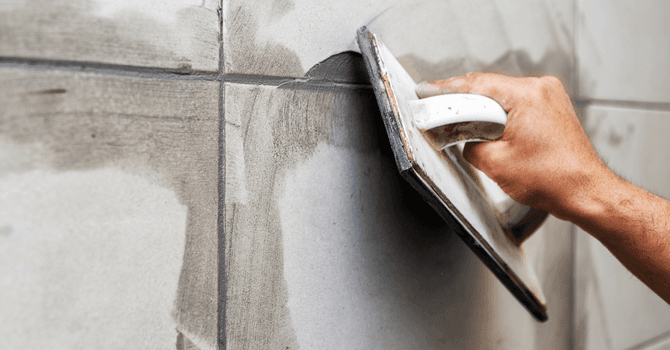What Methods Are Used to Re-Level and Stabilize Foundations?
By Editorial Team
Updated on August 1, 2024

If you noticed significant changes in your house and detected a structural shift over time, the odds are that the stability of your foundation has been weakened. By that, we mean that the foundation may have collapsed. The latter may be the result of the soil, which can’t adequately bear the load of the structure, the presence of clay soil, a water table, or full-grown trees, whose roots have reached the outer walls of the foundation.
There are short-term solutions that can be used to re-level or stabilize foundations: the hired contractor can, for example, waterproof the soil with a membrane and strategically add piles. However, this solution isn’t a permanent fix-all.
In Canada, installing piles at the base of a foundation is the most commonly used, and effective, method to re-level and stabilize a foundation. It’s a complex method, and it does require excavating all around the structure’s perimeter.
The Methods Used to Re-Level and Stabilize Foundations

Source: Canva
Stabilizing Foundations with Hydraulic Piles
Piling is a foundation stabilizing method that’s been used in Canada—more precisely in Quebec—for almost 35 years. Stabilizing structural foundations with piles can either be done as a whole or partially and requires the expert knowledge of an experienced piling company. In accordance with plans conceived by engineers, an opening will be made at the base of the foundation’s footing to install a rock shoe. Then, steel piles are inserted into the rock shoes, to be then driven into the soil with the help of very powerful hydraulic equipment.
The piles are driven into the ground, as far as possible (up to the point where the head of the pile reaches the rock and cannot be driven any further). The rock shoe is then bolted to the foundation’s footing with galvanized steel anchors. Doing so prevents any risks of corrosion. This stabilization method is done without vibration since it’s carried out with the pure power of hydraulic cylinders.
The Screw Pile Method
A team of engineers should be tasked with determining the type of pile to use based on the structure to support and the soil’s specific characteristics. By using specially designed machinery, the steel piles will be screwed into the ground beneath the structure with the purpose of reaching a level beneath the ground that has an adequate density and the load-bearing capacity that’s needed.
The technology used also allows for measuring the depth at which each pile is driven into the ground in real time. The next step consists of bolting the steel foundation anchors to the structure’s base prior to hooking them to the screw piles. This stabilization and shoring method is used to transfer the weight of the structure onto the piles.
Based on the problem at hand, the foundation will be gradually re-levelled or raised to allow for the entire structure to be permanently stabilized and supported. The screw pile method is cheaper compared to installing hydraulic piles since it’s most often used for small-scale projects. For larger houses with concrete foundations, it’s best to opt for the use of hydraulic piles.
Installing Interior Piles to Stabilize a Foundation
Screw and hydraulic piling are both commonly used methods to stabilize the foundation of a home from the outside. Yet, it’s worth looking into the possibility of stabilizing foundations from the inside. The piles are installed inside when the process becomes too complicated to do from outside (machinery doesn’t fit the restricted space, expensive landscaping, or a foundation footing that encroaches onto the neighbouring property).
Interior piling turns out to be cheaper compared to exterior piling since excavation isn’t required. However, the former does have some downsides, like the fact that the foundation can’t be waterproofed during the process since such a procedure is done on the exterior foundation walls.
House Raising
Albeit house raising is increasingly used to replace foundations, this method is also recommended to reinforce or stabilize a building’s foundation. As such, a structure can be stabilized by being raised. To learn more about it, check out our article (in French only) on the subject matter.
How much does it cost to re-level or stabilize a foundation?

Source: Canva
There are several factors that come into play when it comes to the cost of re-levelling foundations, like the number of storeys, the depth of the rock, the type of soil, and the general state of the foundation. To that effect, it’s best to compare contractor quotes prior to undertaking this type of renovation work. Expect to spend about $20,000 for partial foundation stabilization and at least $40,000 for full stabilization.
Besides, not all re-levelling methods are one and the same, some are more expensive, yet more durable than others. Moreover, you can also add foundation excavation, waterproofing, or drainage services after having stabilized the structure, which will, without a doubt, increase the cost of your renovation project.
Some towns and cities have made available financial aid programs for at-risk foundations, which happens to be the case with the City of Montréal. This subsidy, which is linked to the Société d’habitation du Québec and municipal services, covers a part of the costs and entails hiring an organization-recognized company. To know whether you’re eligible to receive this subsidy, check out the residential homes Programme de stabilisation des fondations webpage.
Get 3 quotes for your foundation re-levelling and stabilizing project
RenoQuotes.com can help you get quotes for a foundation re-levelling and stabilizing project. By submitting your project, we’ll put you in contact with top-rated contractors. Fill in the form on the homepage (it only takes a few minutes) and get estimates from trusted professionals.
Dial 1-844 828-1588 to speak with one of our customer service representatives.
Looking for something else?
Related articles
The latest industry news, interviews, technologies, and resources.

Christine Simard
•07 Nov 2023
Have you decided to change your floor covering and your choice fell on ceramic? Regardless of the specific tile pattern that caught your attention, you will need to purchase grout.

Editorial Team
•07 Nov 2023
When properly installed, ceramic tiles are a beautiful resurfacing option. The complexity of a tiling project lies not so much in the execution but in the details required to do it right.

Editorial Team
•24 Jan 2025
Since the use of forest biomass stems from renewable sources and, consequently, fosters our environment conservation efforts, you risk hearing a lot more about this heating fuel. The cost of biomass is still relatively low and stable, making it an interesting local resource on many levels, including a worthwhile space heating or primary heating fuel option.

Editorial Team
•24 Mar 2025
“Everywhere is good; at home, it’s better,” says a Czech proverb. Unfortunately, some readers may believe that this sentence doesn’t apply to them because their current abode doesn’t meet their needs. Luckily, apart from a few extreme cases where a home isn’t able to be restored, there are usually possible solutions to create a welcoming and comfortable interior that suits you perfectly.

Karine Dutemple
•07 Nov 2023
Appreciated for its incomparable beauty and elegance, white marble is a material that is suitable both for bathrooms and kitchens, used as a surface on a kitchen island, as a countertop or as flooring.